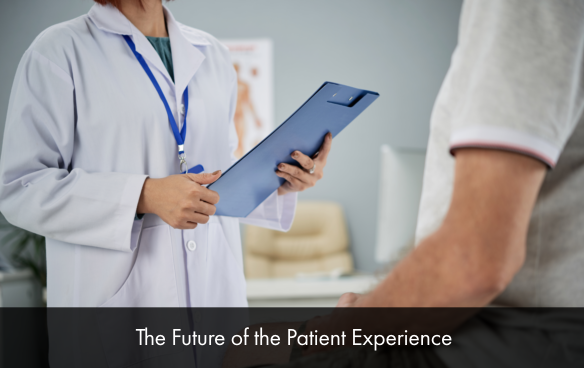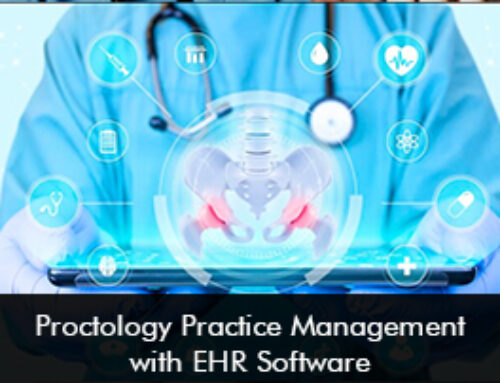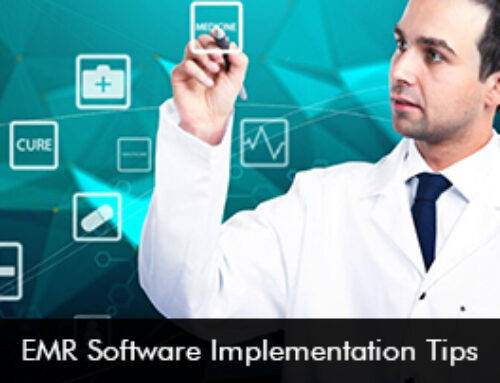Healthcare IT systems have come a very long way, yielding previously unimaginable results. Modern healthcare has gone beyond providing basic health facilities and has now shifted towards empowering the patient and allowing them to actively engage in their care, for example through Patient Portal EMR software.
Gone are the days when patients were required to fill in the same information multiple times, causing unnecessary delays and frustration. Patients can forget details and information, and redoing forms could just be unnecessary, leading to redundant information. However, clinicians are just as guilty of getting caught up in the swirl of life as the average patient – if one might be allowed to use that term.
Shifting towards more proactive care
Here’s some good news. The future of the patient experience is looking quite promising, and as technology (i.e. our EHR software systems) evolves, these rapid innovations will only support a healthier ecosystem for both the patient and provider.
Electronic Health Records systems are shifting more towards interoperability, which could mean patients may have no need to fill out duplicate forms anymore. Additionally, pre-encounter chart preparation, like that adopted by Summit Health, ensures that practices and healthcare organizations can adopt more proactive care models, and suggest evaluations such as glucose or cholesterol tests ahead of time, allowing the practitioner to spend more time face-to-face with the patient.
What does the future patient experience look like?
Today’s patients exude an unprecedented amount of digital literacy which has made the need for rapid innovations far greater than ever. Patients can now focus on managing their costs and care plans, through Patient Portal EMR Software. These improvements can help improve patient outcomes and increase patient engagement.
The last few years have shown us that care can be received and delivered from almost anywhere. Telehealth systems have evolved and gone beyond virtual visits. Allowing the patients to schedule their own appointments, can reduce much of the administrative burden, and even improve patient engagement.
Patient Scheduling EMR Software is certainly worth consideration for practices. Whilst going through the different types of appointment types, clinicians, and equipment (for exams), or exam rooms is difficult and confusing for anybody outside of the clinical setting – it’s still a potential solution for the convenience of patients and providers.
Conclusion
To conclude, healthcare in today’s age is about allowing patients to engage in their care by giving them the right tools. If we want to move away from the awkwardness and confusion for patients, that the old methods pose then giving them the comfort to check in from the convenience of their own phones seems to be the way we’re shifting to.
This also helps healthcare providers, allowing them to review information in advance. With the coming changes in EHR software systems – whether it’s to do with interoperability or AI, providers can now look forward to having more innovative tools to access complete patient information and a reduced amount of redundant work.







